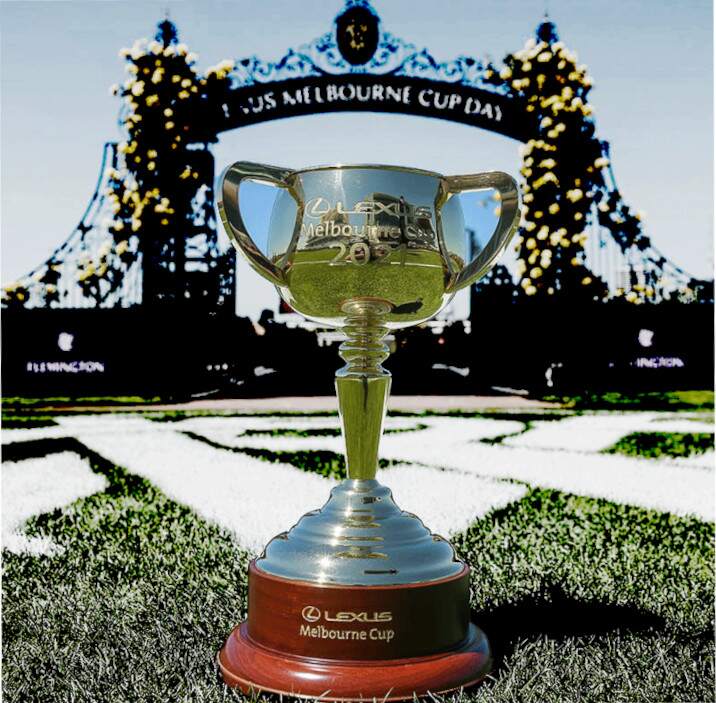There are plenty of good reasons to house racehorses in stables, and none of them are to make it more convenient for humans.
So, why are horses kept in stables all day?
Isn’t it easier for humans to keep horses locked inside all day? No.
It makes zero sense to say that horses live in stables to make life easier for humans. Just consider the extra work and cost:
It takes time and effort to clean out stables, take horses out for exercise several times a day, and bring food and water to them individually. A horse in a paddock will exercise itself, it can eat grass whenever it likes, and a good pasture will have a reliable water source. It takes much less labour and less money to keep horses in paddocks.
So, why do trainers keep racehorses indoors?
- Stables provide warmth, shelter and safety from the elements.
- Well-designed stables allow horses to be sociable.
- Stables prevent horses from hurting each other.
- Stables allow a trainer to manage and monitor the athlete’s diet and nutritional needs.
Warmth/Shelter/Friends
A well-designed stable block has great ventilation, with clean air circulating to help prevent respiratory disease. It also has a consistent temperature with good shading from the sun, and shelter from storms, high winds and other bad weather.
Aren’t horses isolated in stables? No. Horses are free to move inside their stable box with open grills designed for the top half of their stable so they can chat to their neighbouring horses. Because happy horses race better, trainers make sure horses are stabled beside friends (just like humans, not all horses like each other!). Almost every racehorse is stabled overnight, with a blend of indoor and outdoor relaxation time during the day, depending on a trainer’s facilities and what suits the individual horse.
Injury Prevention
The most common injuries to horses occur when they are in paddocks running together in groups. A recent study at the University of Zurich looked at 1,845 fracture cases in horses (of all breeds) and found that 43% were caused by a kick from another horse, with 70% of horses recovering from the injury.
The study also found that the largest percentage of fractures occurred while horses were in paddocks (28%) and another 10% in ‘group indoor housing’ (used in parts of the Northern Hemisphere for non-Thoroughbreds during winter). Fractures occurring in stables were only 8% of the total.
Diet
Every athlete, horse and human, needs a specialist diet, to allow them to perform at their best and to meet their individual nutritional requirements. “Half the training is in the feeding” is a saying commonly attributed to legendary trainer Bart Cummings, while TJ Smith dominated the Sydney trainer’s premiership from 1953 to1986 thanks to improvements in food science.
The science of equine nutrition continues to advance, and trainers who utilise sports science to keep their horses in optimal good health and top condition will win more consistently. Trainers have long been adapting their feeding programs according to the latest available evidence. For example, trainers now understand the importance of providing constant access to forage (hay) in order to prevent stomach ulcers.
An example of adapting feeding programs, thanks to science, is hay steamers. Fibre is a necessary part of a horse’s diet, which is provided by hay. The purpose of steaming is to purify hay and reduce the health threat from respirable dust, mould spores and pathogens.









